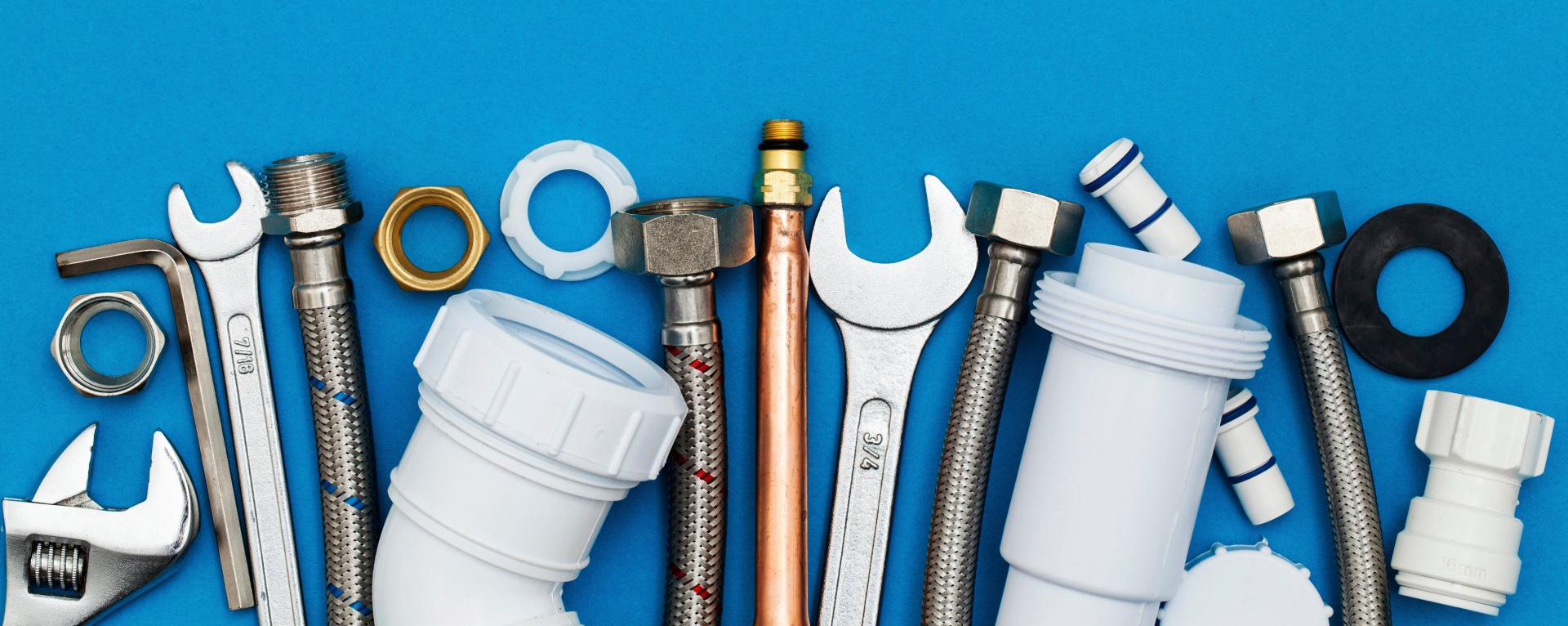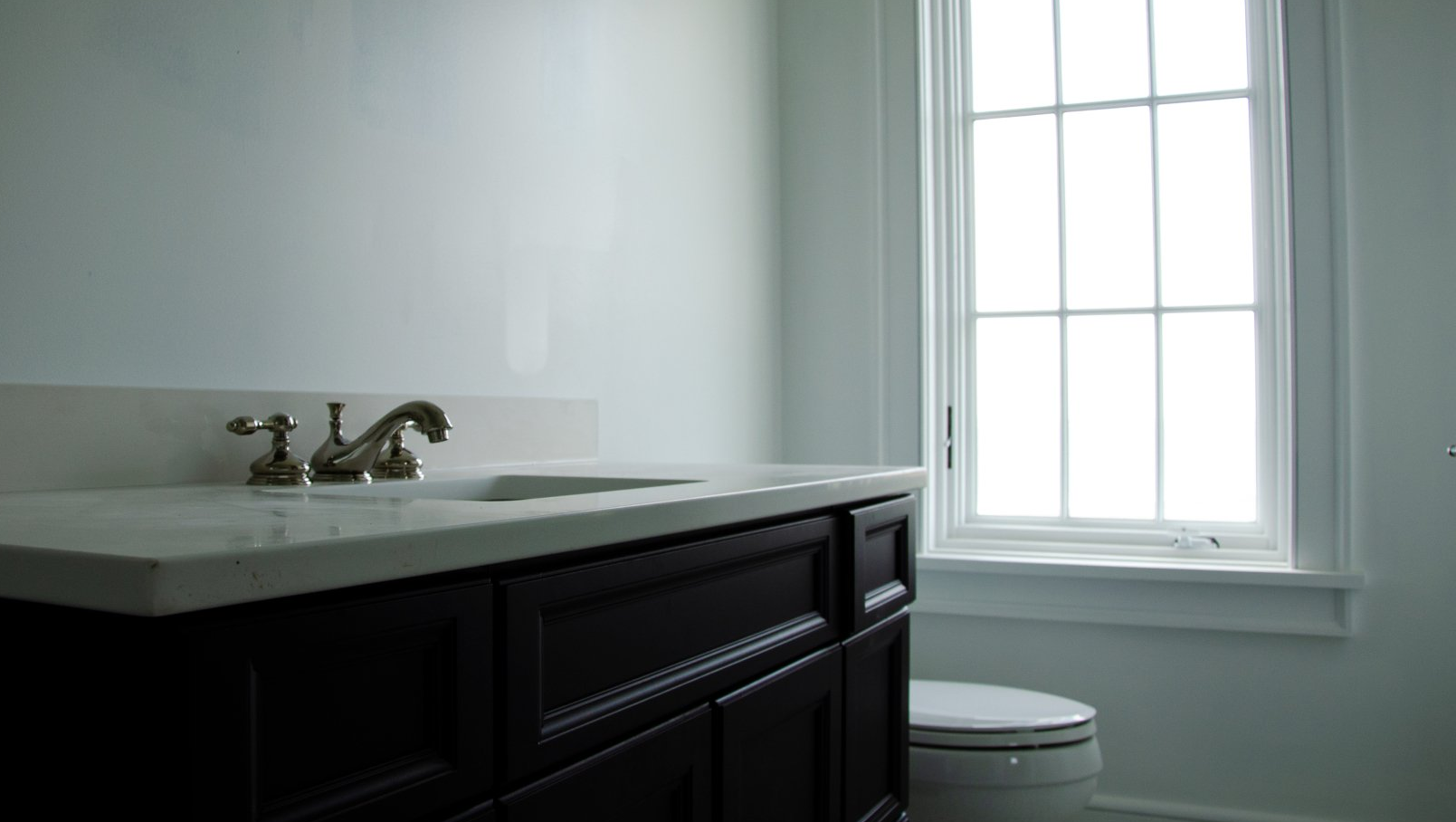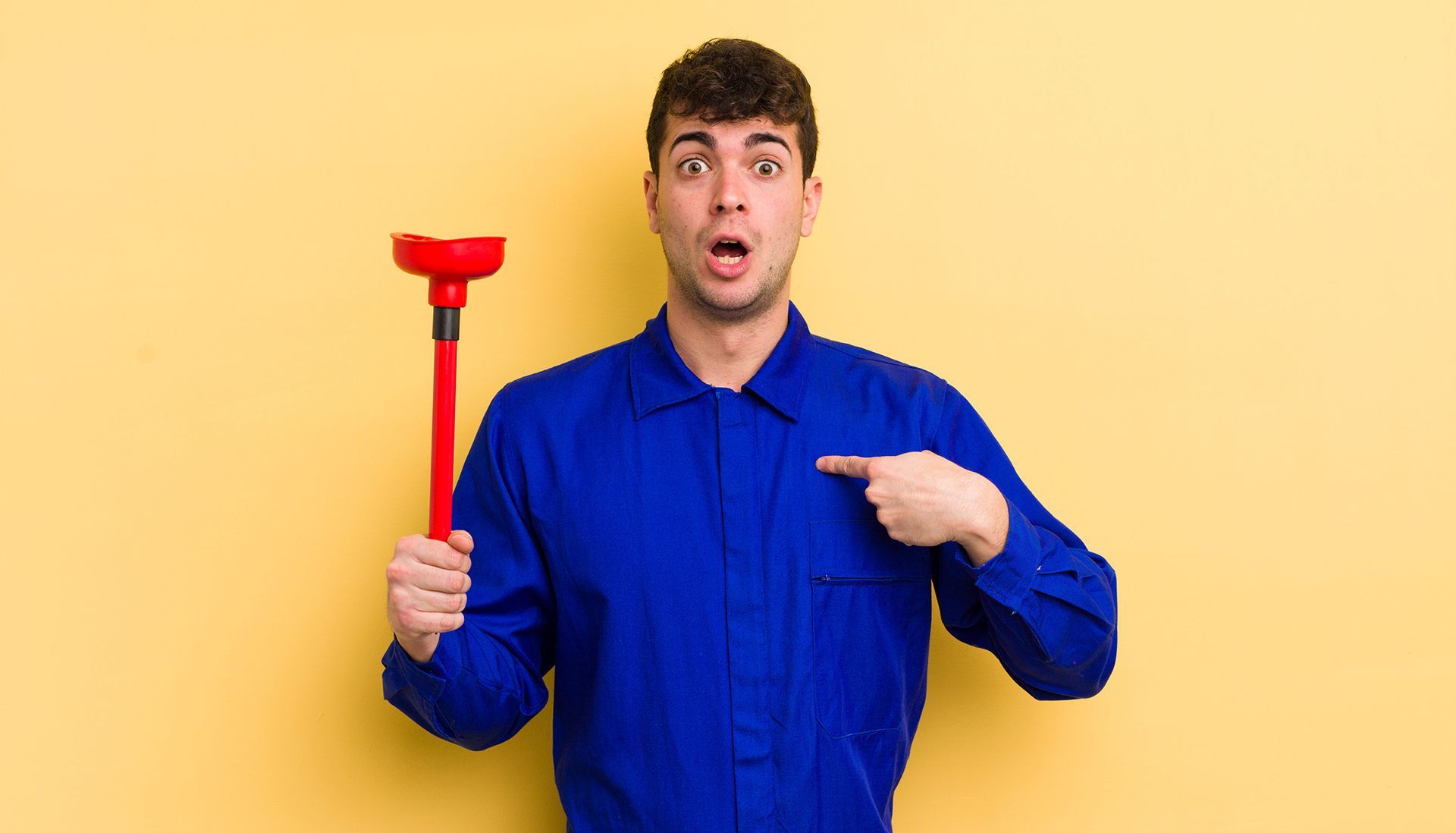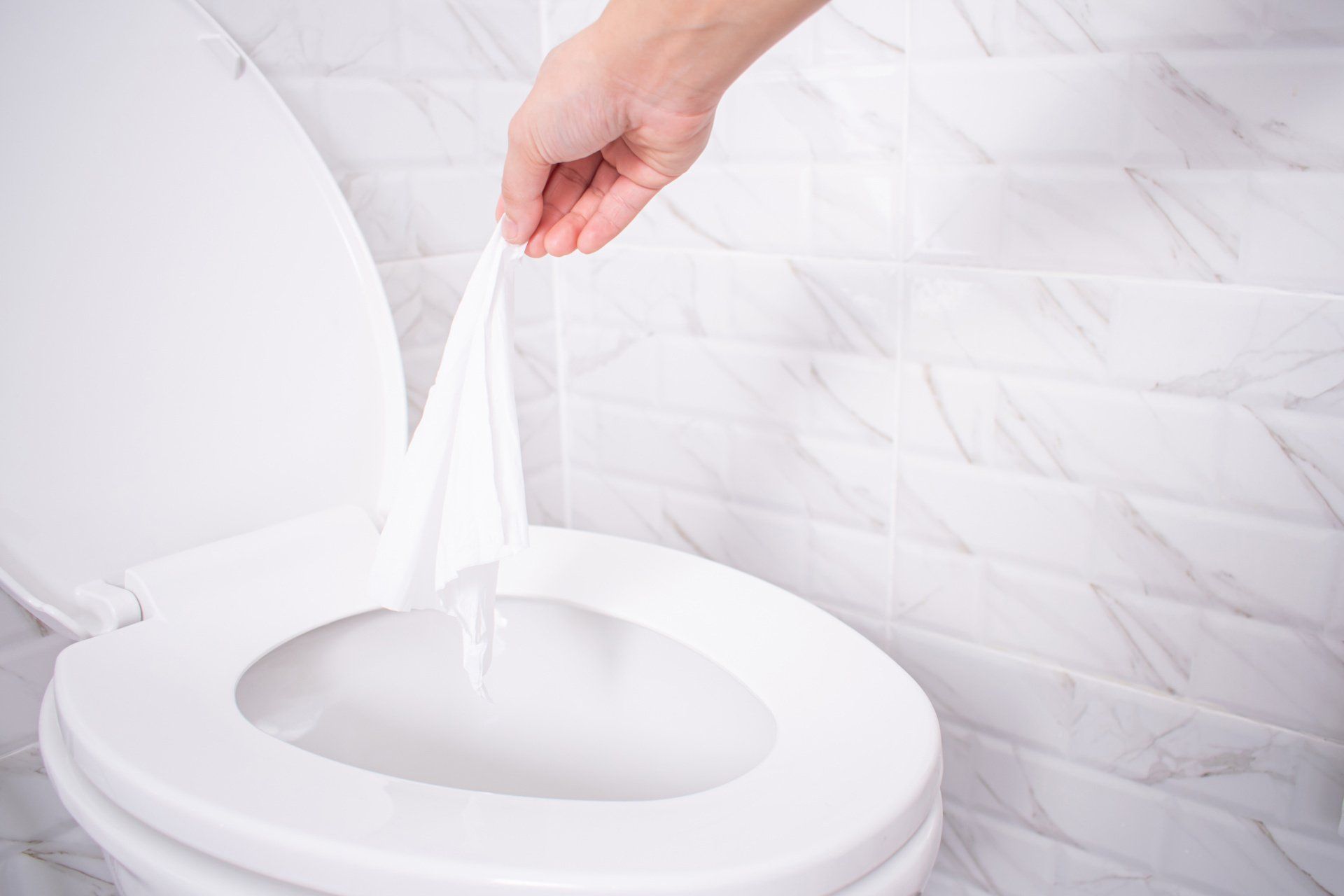Why You Shouldn’t Flush Your Feminine Products
“Can you flush a tampon?” While the question might seem simple, you can do a little research and find that this is one of the most strongly debated topics discussed by women. Many women argue the side that it’s completely acceptable to flush feminine products. After all, it is the easiest and most convenient way to dispose of them.
While flushing tampons or other feminine products down the toilet might be convenient and trouble-free at the moment, there’s a high chance that you’ll end up spending a lot of time and money repairing your plumbing system. So, while all women have their own opinions on the matter, experts all pretty much agree that flushing feminine products isn’t advisable and can cause undesirable consequences in the long run. Here’s why.
They Don’t Break Down In Wastewater Systems
Or anywhere, for that matter. Although you might be led to believe otherwise, tampons and other feminine products do not break down the way toilet paper does. On the contrary, they actually can grow up to 10 times their original size since they absorb fluid. Because of this, they have the potential to clog drains and pipes, causing a lot of damage to your plumbing system.
It’s Expensive
If you’re lucky enough to have your flushed feminine products pass through your plumbing system, they’ll end up at the sewage treatment plant. Since they don’t break down, chemical or physical filter systems are used to break them down manually. This is expensive! Breaking down feminine products accounts for about 46 billion dollars in our wastewater treatment annually. Not to mention, if these products do get stuck in your pipes, you incur personal costs required to fix your plumbing system at home. The moral of the story is that disposing of your feminine products properly can save you money.

It’s Bad For The Environment
While saving money is important, saving our environment and ecosystem is too. When you improperly dispose of products that don’t break down, you’re risking the chance of them polluting our environment. Even tampons that are labeled as biodegradable still take several months to fully decompose. Additionally, tampons that get stuck in pipes can cause wastewater to overflow from drains into our streets, rivers, and anywhere else it may end up. At a time when environmental issues are becoming more and more prevalent, it’s incredibly important to minimize your negative impact.
How You Should Dispose Of Your Feminine Products
Enough about what you
can’t do with your feminine products. This is what you
can do. The feminine product brand Tampax suggests that the best thing you can do to dispose of tampons is to simply wrap them up and throw them in the garbage, because they, unfortunately, aren’t recyclable either. If you are in a public restroom, many of them have waste containers in each stall, in which case you can dispose of them there. If neither of these options sound suitable to you, that’s okay too! Everyone is different and has their personal preferences when it comes to feminine products and hygiene. You can even avoid the issue of flushing or throwing away your tampons by trying one of the various
reusable products on the market.
At the end of the day, whatever you decide to do is up to you. But, we do urge you to stop flushing feminine products and instead find an alternative that is more environmentally friendly, more cost-effective, and more beneficial to you in the long run.
Have you noticed an issue with your plumbing system recently? Are you in need of professional help to fix it? No need to worry,
Beverly Plumbing is here for you.
Contact us today!
You might also like



